A Sad Tale of the 1895 Smallpox Outbreak
Today, Preston Lakes is a quiet, manicured neighborhood in an affluent area of Plano. Almost 120 years ago, it was the site of one of Plano’s darkest hours.
Imagine: Two men working under cover of darkness on an isolated patch of farmland. They toiled at night, believing that would reduce the chance of infection. Their grim task: burying the body of an 11-year-old girl, a member of the Collinsworth family.
The men weren’t just grieving. They were terrified. Who would die next? The little girl was the first victim in a smallpox outbreak that ultimately killed 15 and rocked the community of Plano in 1895.
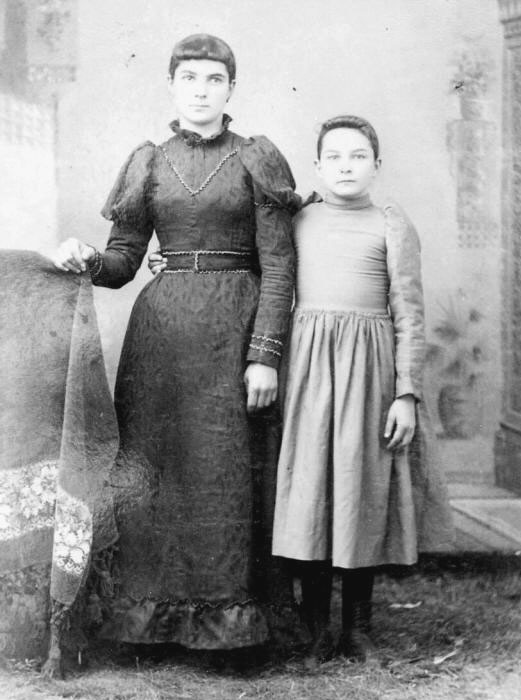
“It was a scary time,” said Charlotte Carpenter Johnson, an Allen resident and descendant of the family. “They had to bury the dead very quickly.”
The sad saga began days earlier when, following frontier custom, the family of Daniel M. “Milt” Collinsworth welcomed a traveling peddler into the home. “Unfortunately, the family’s hospitality ended up being their demise,” said Plano preservation advocate Candace Fountoulakis.
The extended Collinsworth family owned large portions of what is now West Plano. They were farmers from Tennessee and Virginia, and relatives of James Collinsworth, a signer of the Texas Declaration of Independence.
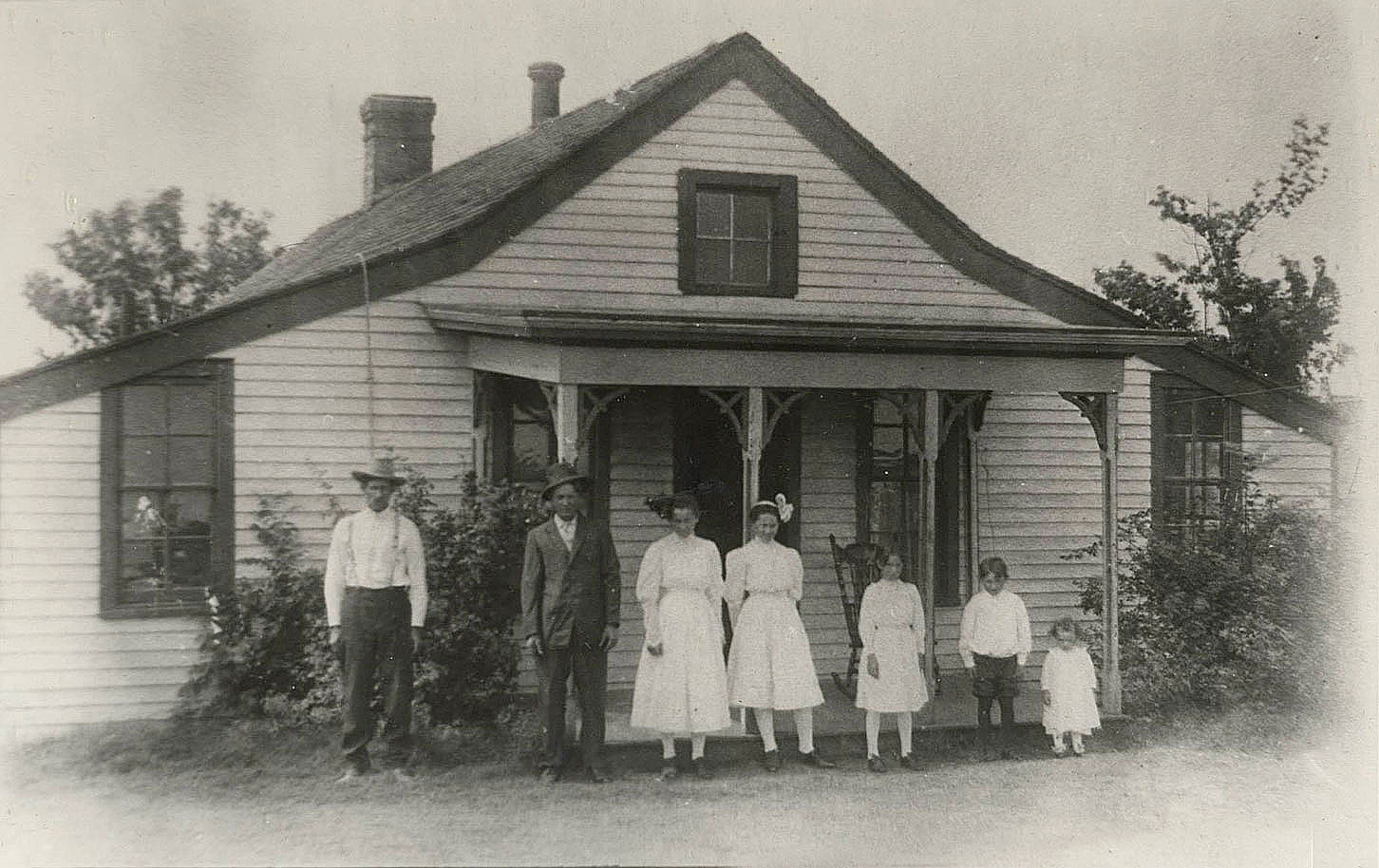
When the peddler left the next morning, he mentioned feeling unwell. The chore of changing his bed linens fell to one of Milt’s daughters. Within a few days, she fell ill. Inexperienced with the disease, the community’s doctor misdiagnosed her ailment.
Family members traveled from Allen and Frisco for the funeral. It was a rainy day, so mourners crowded into the home, with the windows shut. Silently, the deadly disease spread.
Charlotte Johnson is the great-great-granddaughter of Farwick Collinsworth, the family patriarch, and researched the family extensively. “Within a matter of weeks,” she said, “Farwick lost his wife, two sons, a nephew and at least three grandchildren.”
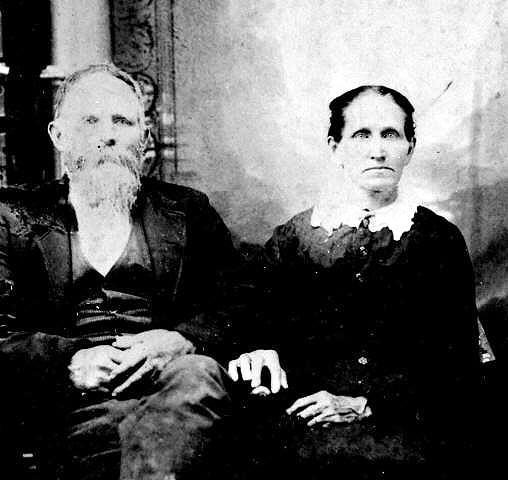
Farwick’s wife, Lucy Ann, 64, died after the girl, followed by two of their sons, Levi, 37, and Ishmel, 25, and two more grandchildren, Mary, 3, and Robert, 10. Tobe, 23, a nephew visiting from Kentucky, also died. Other names are lost to history, but Charlotte believes about 15 ultimately perished.
Oddly, she never heard about the epidemic until stumbling across a newspaper article. She thinks the memory was too painful for the family. “The Collinsworth family had a stigma on them for many years afterward,” she said. “Their neighbors were frightened and avoided them.”
On May 6, 1895, Plano City Council called an emergency meeting, establishing a strict quarantine “to protect our citizens from this loathsome disease.” Anyone within the area between what is now Spring Creek Parkway, Park Boulevard, Coit and Preston Roads was forbidden to leave. An armed guard patrolled the border.

A few brave souls endeavored to assist. One Mr. Garrett, a smallpox survivor, nursed the sick. Silas Harrington, owner of a pharmacy downtown, delivered groceries to the quarantine line.
Tragically, the smallpox vaccination was developed in the 18th century, but wasn’t widely available. The pioneers likely contracted the variola major type, with a fatality rate of 20 to 50 percent, according to Daphne Lynch, epidemiologist with Collin County Health Care Services. But even today, Lynch notes, there’s no cure other than vaccination.
Ultimately the story concludes on a note of healing. The outbreak established Collinsworth Cemetery, which now occupies a quiet spot between two homes near Parker and Ohio Roads.
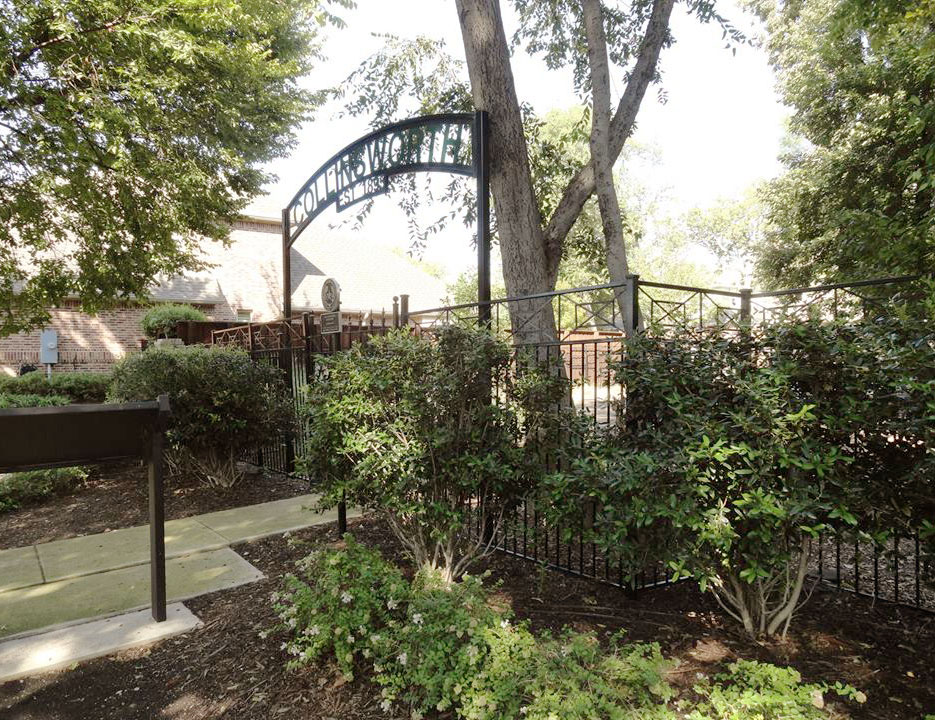
When Charlotte learned of the graveyard’s existence in the late 1980s, it was in disrepair. But one by one, community groups have stepped in to help. Toll Brothers provided the fence; the Fulbright family donated the entrance sign, and Plano Conservancy added a wayside marker. Preston Lakes HOA, Boy Scouts and gardening groups pitched in with landscaping and other projects. Charlotte formed a 501-c nonprofit association to manage the property. (The family owns the graveyard in perpetuity).
“It was really an amazing cooperative effort,” she said. “I couldn’t begin to list all of the people who have helped.”
Now, anyone can enjoy the serene spot, and visit the graves of Lucy, Ishmel and Levi, whose headstone calls him “a loving husband, a dear father, a faithful friend.”
“The cemetery went from being a swampy, muddy mess … to a beautiful place of renewal and hope,” said Candace. “I think that’s exactly how the family would want it to be represented.”
Learn more about Collinsworth and other Plano pioneer cemeteries in the October episode of Plano Podcast:

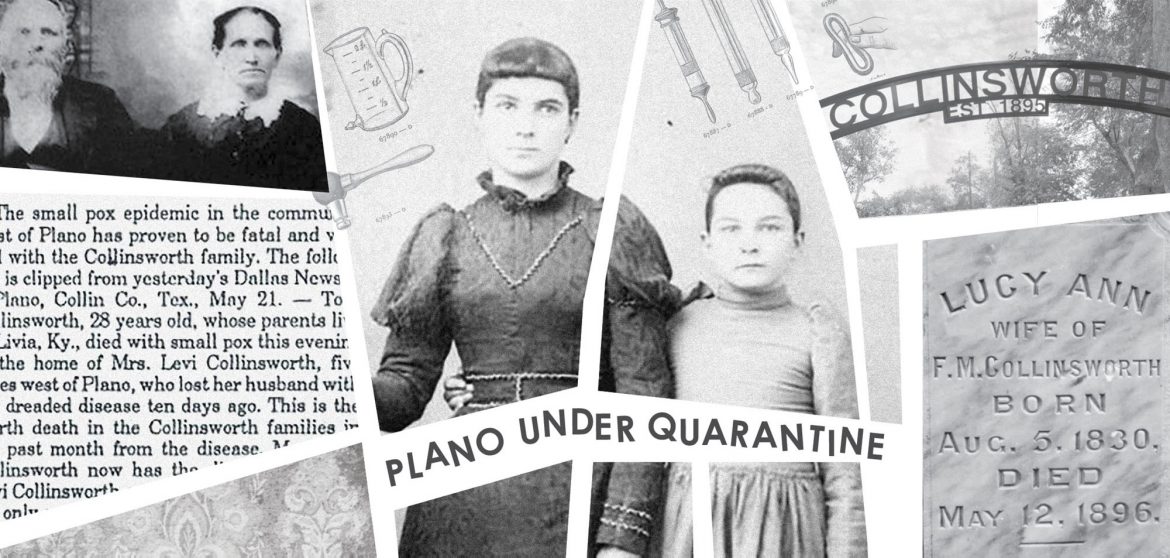


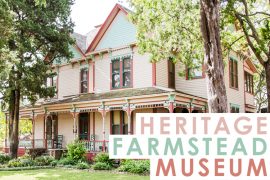

Thank you so much, Mary, for publishing this tragic, amazing article about our family. Our Collinsworth family cemetery is having our bi annual gathering on April 29, 2018 2’30 pm at the cemetery. Hope you can come by. Refreshments. Bring a lawn chair!
Family history has it that my great-great grandparents died in an epidemic around 1900-1901 in Collin County. They left behind 3-4 children and suspect they were buried (w/o headstone) in the pauper’s cemetery; They were J.M (James Mitchell) Tillis(Tullos, Tellos) and Frances Burns Tillis (Tullos, Tellos); I found them on a 1900 census, but nothing after that……. Does anyone know about any epidemics after this 1895 epidemic … maybe Collin, Delta or surrounding counties?
Hi there Charlotte,
Ishmael would have been My 4th Great Grandfather. My great grand mother Ruth Jewell Sherman was Martha Omega Collingsworth’s daughter. We lost my Grandma last year and since then have found some family history that brought me to this site. It is very interesting seeing family history.